Stuttgart, the capital of Baden-Württemberg, features a blend of architectural and industrial heritage from the Middle Ages to modern times. The city hosts two car museums: the Mercedes-Benz Museum with 160 vehicles across nine floors, and the Porsche Museum tracing the brand's history since 1948. The historic city center is organized around Schlossplatz, dominated by the baroque New Castle from 1746, and Schillerplatz, where a bronze statue of the poet stands. The Old Castle, a former medieval fortress now housing a regional museum, is situated near modern structures like the municipal library, a nine-story white cube recognizable by its central atrium. Green spaces punctuate the urban fabric, from Killesberg Park to the castle gardens, while Feuersee, a former fire brigade pond from 1882, reflects the neo-Gothic St. John’s Church. The Market Hall of 1914, decorated with floral and geometric motifs, offers local produce and dining options. Worth a visit are the surroundings: Esslingen am Neckar preserves 200 medieval timber-framed houses and a 13th-century church dedicated to Saint-Denis, while Ludwigsburg Palace displays the baroque art of living in southern Germany.
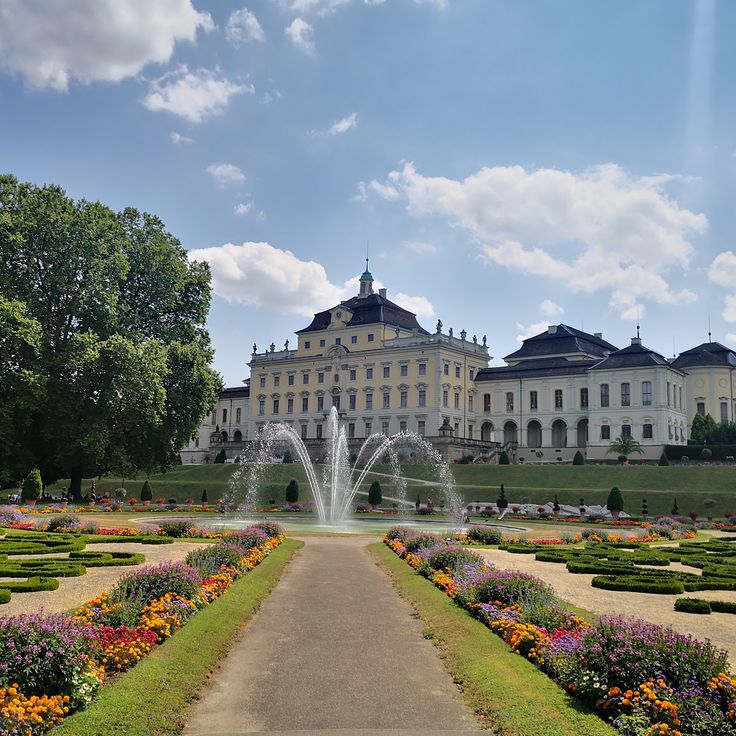
Stuttgart, Germany
The Upper Palace Garden extends as a large public park in the center of Stuttgart and surrounds the New Palace with its lawns, fountains and sculptures. The park connects different districts of the city and offers walking paths under old trees. The green spaces regularly host events, concerts and festivals that shape the cultural life of the city.
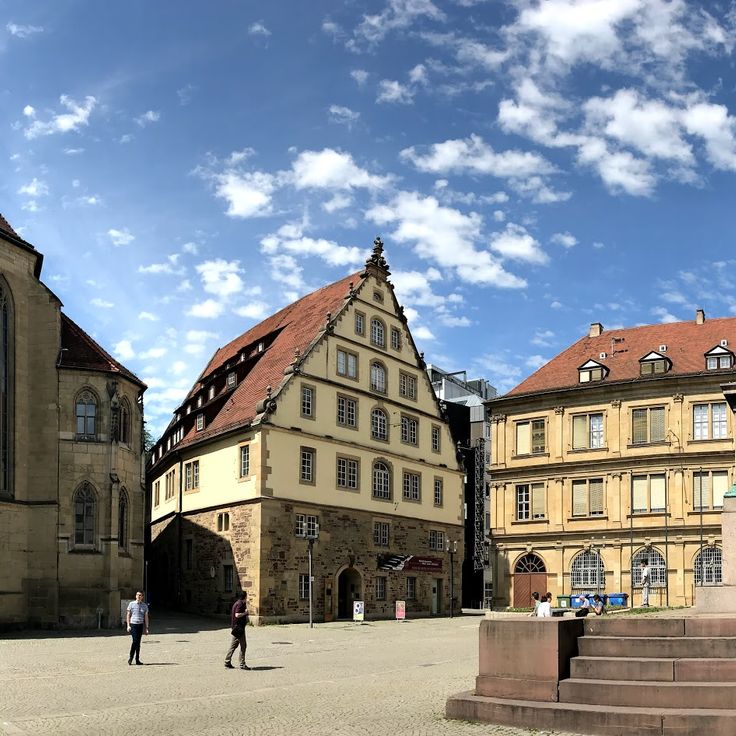
Stuttgart, Germany
The Schillerplatz forms the historic center of Stuttgart and displays a bronze statue of poet Friedrich Schiller dating from 1839. This rectangular cobblestone square is surrounded by historic buildings, including the Stiftskirche and the Old Castle. Numerous cafés and shops are located along the edges of the square, making it a popular meeting point for locals and visitors.

Stuttgart, Germany
The Porsche Museum presents the history of the brand since 1948 through a collection of over 80 vehicles. The museum displays production models, racing cars and technical developments in a building with three exhibition levels. The collection includes early models such as the 356, motorsport legends and current vehicles.
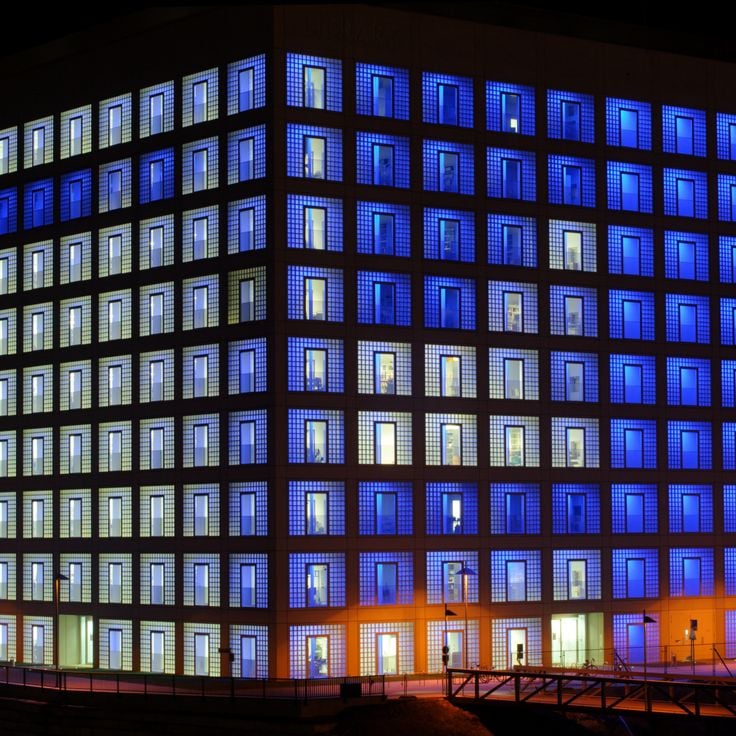
Stuttgart, Germany
The City Library is a white nine-floor building in cubic form, opened in 2011. The interior features a central atrium extending through multiple stories and reading rooms on various levels. The cubic architecture by Korean architect Eun Young Yi combines functional library spaces with modern design.

Stuttgart, Germany
The Markthalle was constructed in 1914 in Art Nouveau style and displays floral decorations and geometric motifs on its facade and interior spaces. This historic building combines food shops, dining establishments, and market stalls offering regional specialties and international products. The architecture merges iron construction with traditional elements, creating a covered marketplace in the center of Stuttgart.
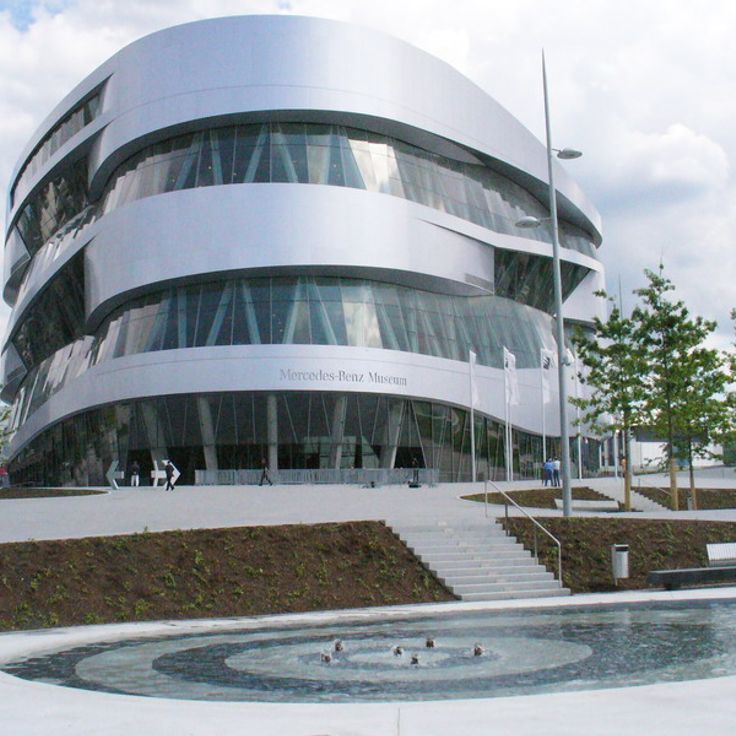
Stuttgart, Germany
The Mercedes-Benz Museum presents over 160 historic vehicles of the brand in a modern building with nine floors and 16,700 square meters of exhibition space. The chronological exhibition traces the development of the automobile from its origins to the present day.

Stuttgart, Germany
Schlossplatz forms the centre of Stuttgart and is bordered by the New Palace from 1746. This baroque residence of the Württemberg court defines the northern side of the square. The Jubilee Column from the 19th century rises in the middle of the area, surrounded by fountains and lawns. Schlossplatz serves as a venue for concerts, public festivals and Christmas markets. The adjacent buildings represent different construction phases of the city's history.
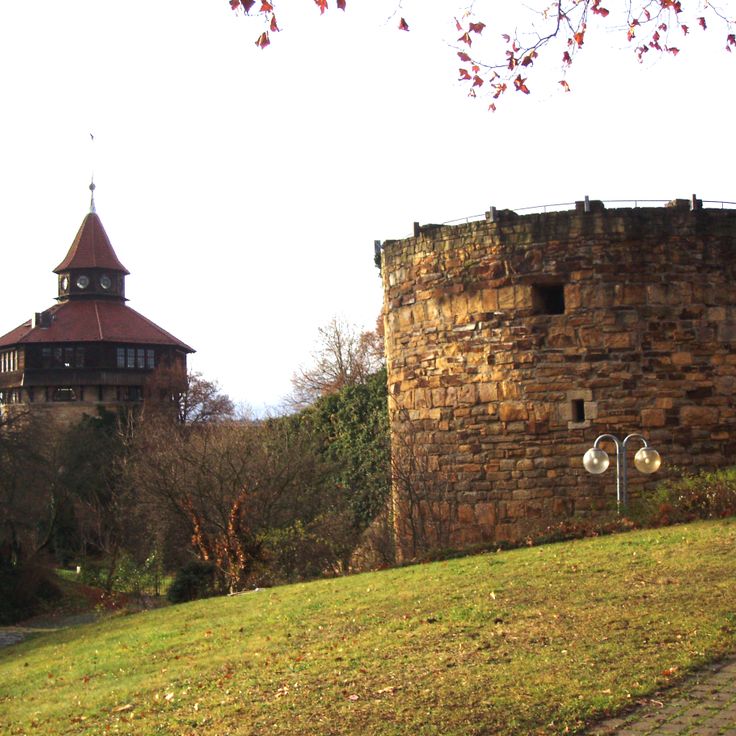
Esslingen am Neckar, Germany
The old town of Esslingen preserves over 200 timber-framed houses from the Middle Ages. St. Dionys Church was built in the 13th century and the town hall displays Gothic architecture. This historic building stock documents the urban development of the region.
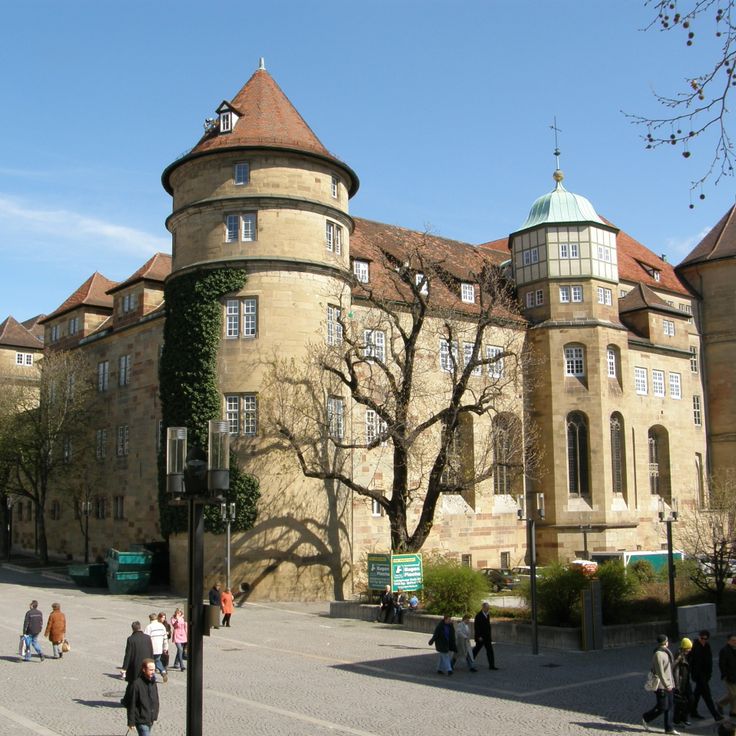
Stuttgart, Germany
Royal building constructed on the remains of a medieval fort, now hosting the Württemberg State Museum since 1862.

Stuttgart, Germany
Feuersee is an artificial water reservoir created in 1882 as a fire protection basin. On its shore stands St. John's Church in Neo-Gothic style, whose facade reflects in the water. This lake is located in the western district and now serves as a local recreation area for residents.
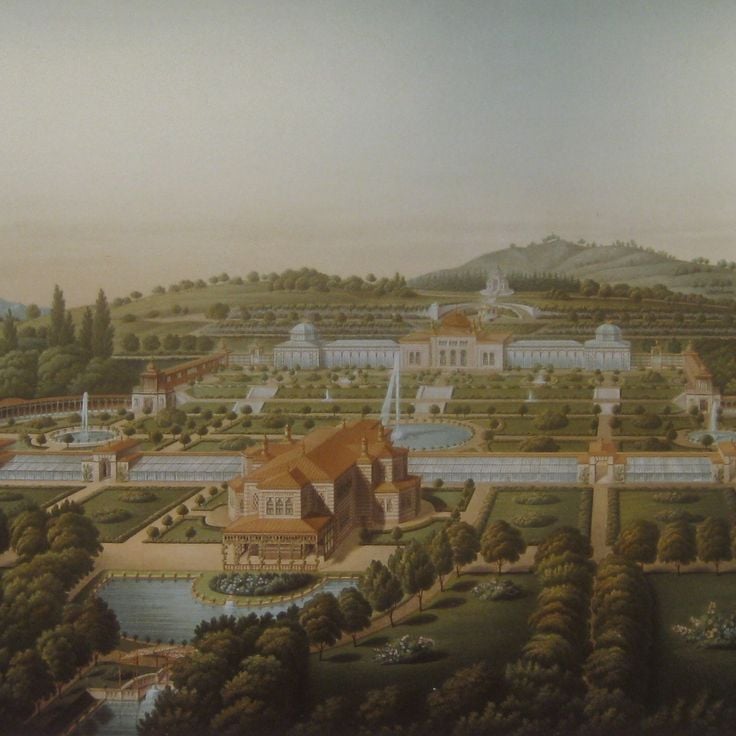
Stuttgart, Germany
Wilhelma is a zoological and botanical garden established in 1846, housing more than 11,000 animals from 1,200 different species and approximately 6,000 plant species. This historic garden combines scientific research with the conservation of endangered animal species and offers visitors insights into various ecosystems from around the world.

Stuttgart, Germany
The New Palace was constructed between 1746 and 1807 in Baroque style and served as the residence of the Württemberg dukes and kings. Today, the palace houses the ceremonial rooms of the Minister-President and two state ministries of Baden-Württemberg. Its facade extends along the entire southern side of Schlossplatz in the center of Stuttgart.
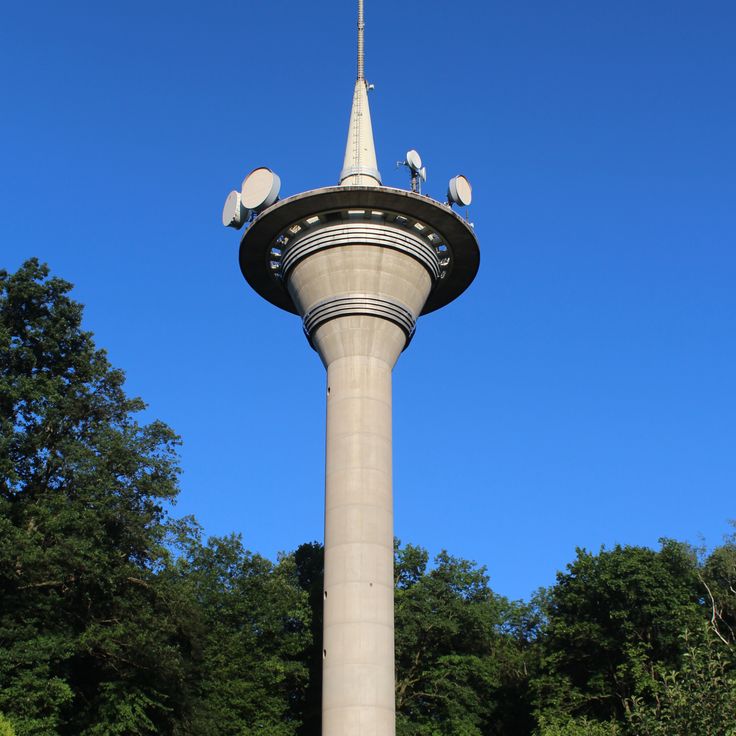
Stuttgart, Germany
The Television Tower reaches a height of 217 meters and features an observation deck with views over Stuttgart as well as a rotating restaurant that completes one full rotation within an hour.
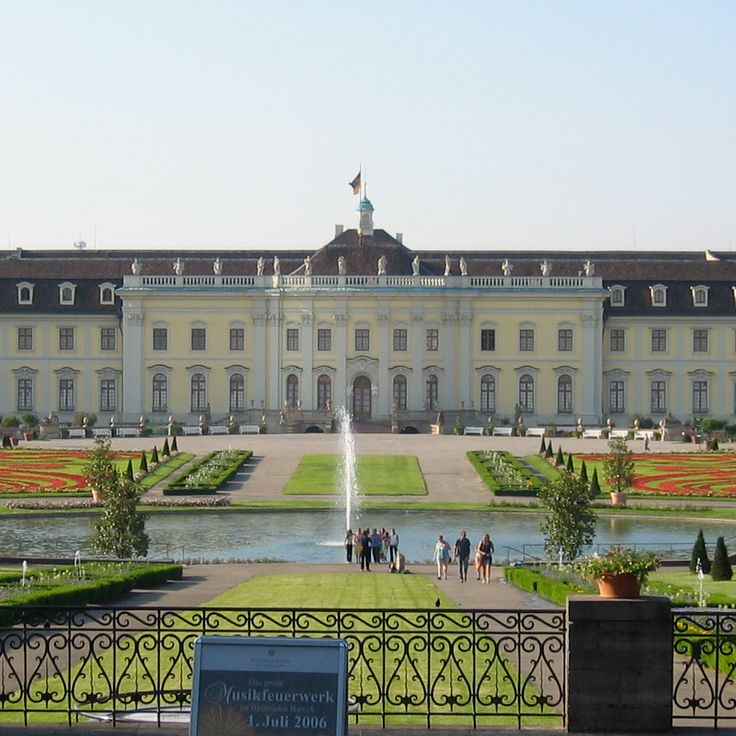
Ludwigsburg, Germany
Ludwigsburg Palace is an 18th-century ducal residence surrounded by extensive flower gardens. The complex comprises 452 rooms distributed across 18 buildings, showcasing various Baroque and Rococo styles.
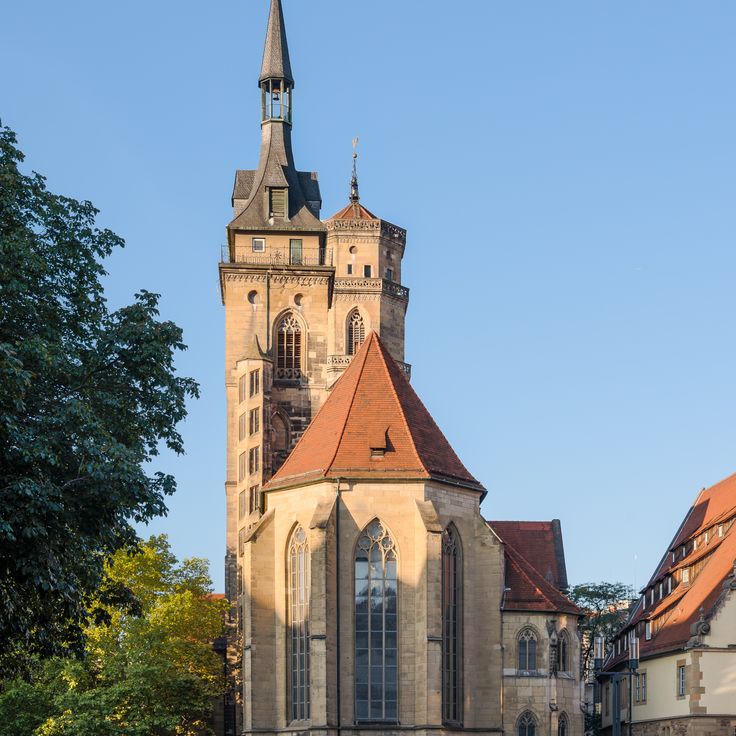
Stuttgart, Germany
The Collegiate Church represents the principal religious building in Stuttgart. Constructed between 1436 and 1531, this late Gothic Protestant church combines architectural elements from different periods. The characteristic twin towers reach a height of 61 meters and define the city center skyline. The church serves as the main church of the Evangelical State Church in Württemberg.
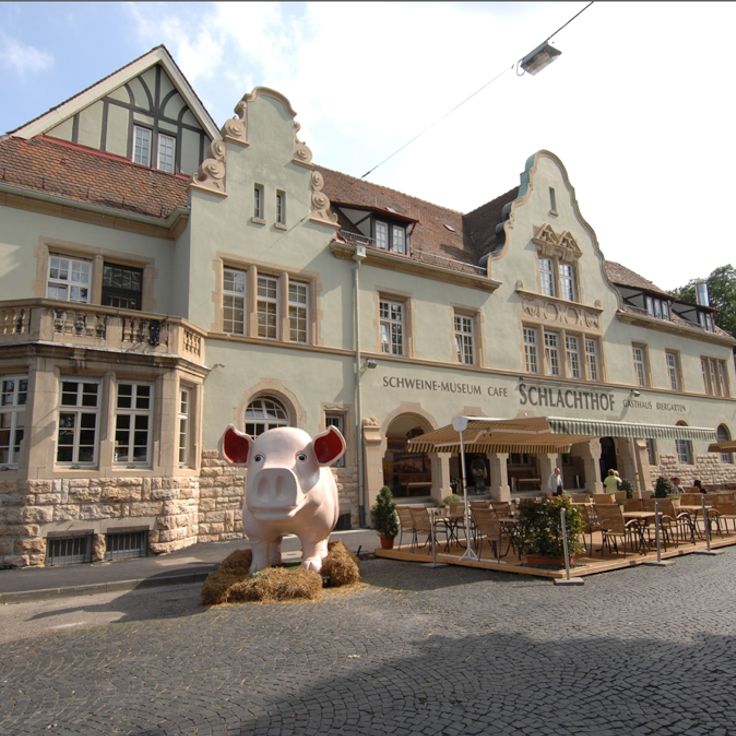
Stuttgart, Germany
The Pig Museum displays more than 50,000 exhibits related to pigs. The collection includes figurines, savings boxes, toys and collectibles from different countries and periods. The museum documents the cultural importance of pigs in various societies.
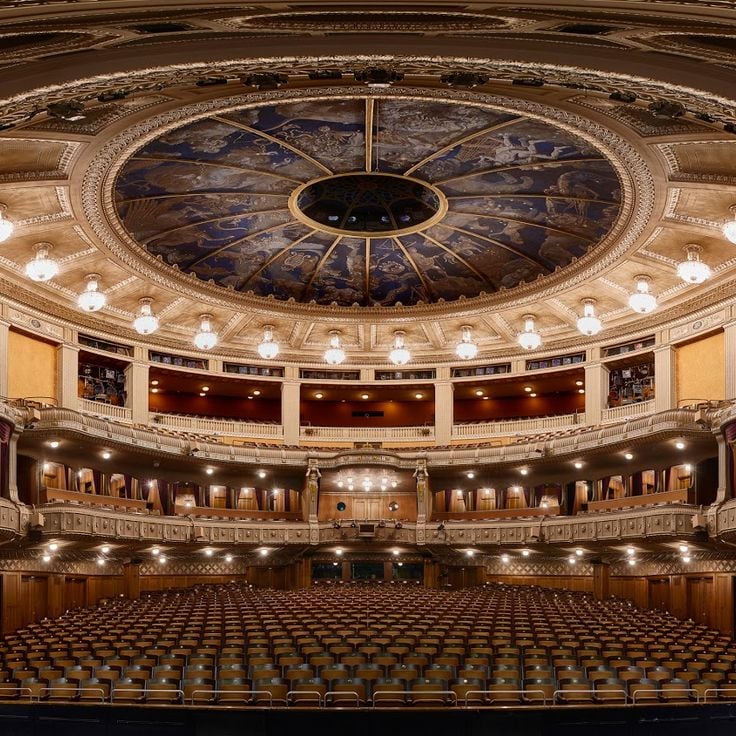
Stuttgart, Germany
The State Opera was built in 1912 in neoclassical style and features a columned facade along with a spacious foyer decorated with gilded moldings and ornamental details.
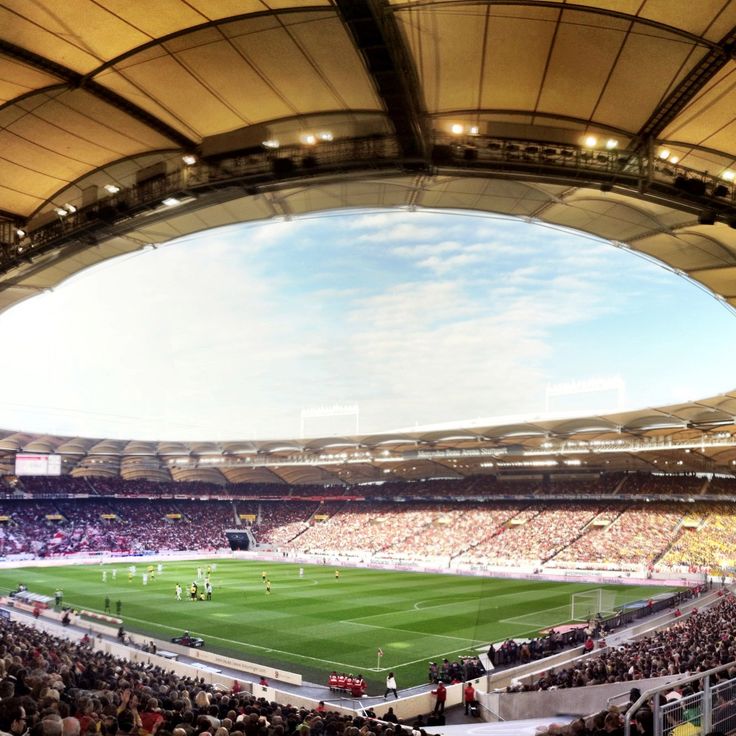
Stuttgart, Germany
The Mercedes-Benz Arena is a 60,000-seat football stadium that has served as the home ground of VfB Stuttgart since 1933. The stadium underwent extensive modernization for the 2006 FIFA World Cup and features modern facilities for hosting national and international football matches.

Stuttgart, Germany
Rosenstein Park covers 85 hectares and contains Rosenstein Castle, built in 1830. This park includes botanical gardens, the State Museum of Natural History, and a network of walking paths that wind through meadows and wooded areas.
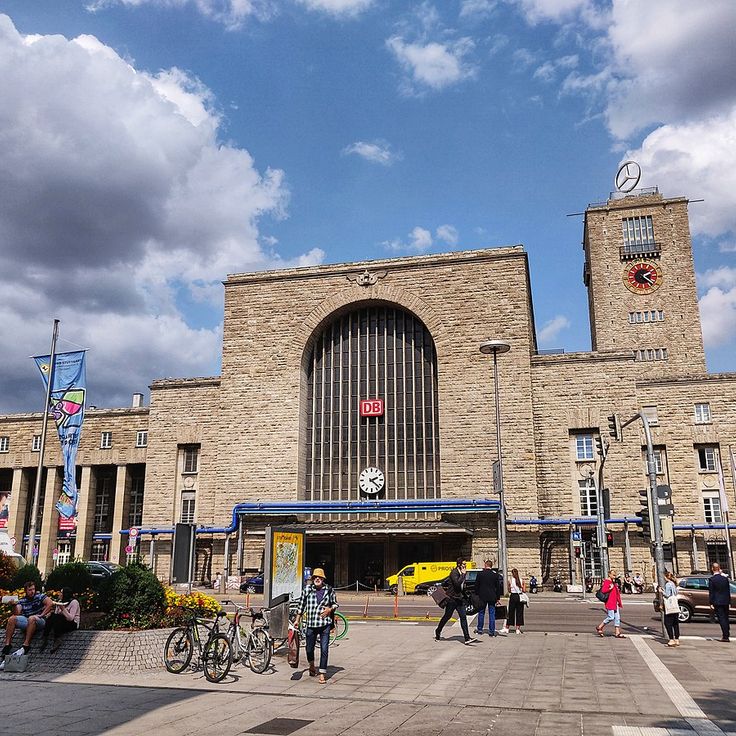
Stuttgart, Germany
Stuttgart Hauptbahnhof was opened in 1922 and represents a significant example of railway architecture from the Weimar Republic era. The building features a 56-meter tower that is visible from afar, along with a large main hall constructed in reinforced concrete. The structure combines functional requirements with the architectural design principles of the early 1920s and serves as the city's central transportation hub.
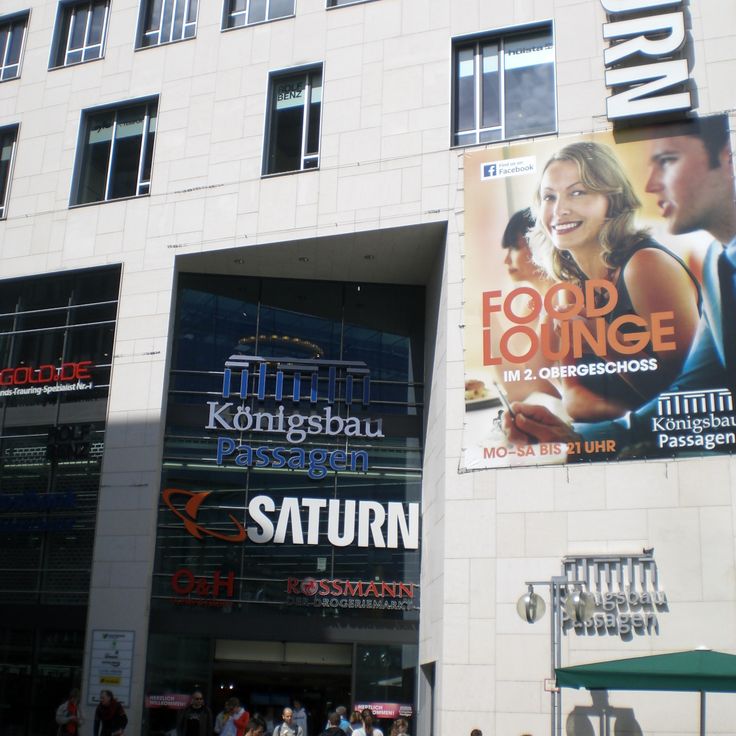
Stuttgart, Germany
Königstraße is a 1.2-kilometer pedestrian street in the center of Stuttgart. This shopping street connects the main railway station with Schlossplatz and houses numerous international brand stores, department stores, restaurants, and cafés. The street forms the main axis of Stuttgart's city center and attracts thousands of visitors daily.

Stuttgart, Germany
The Breuninger Department Store spans six floors and offers brand clothing, accessories, and beauty products. The top floor features a restaurant with a terrace that provides views over the city center.
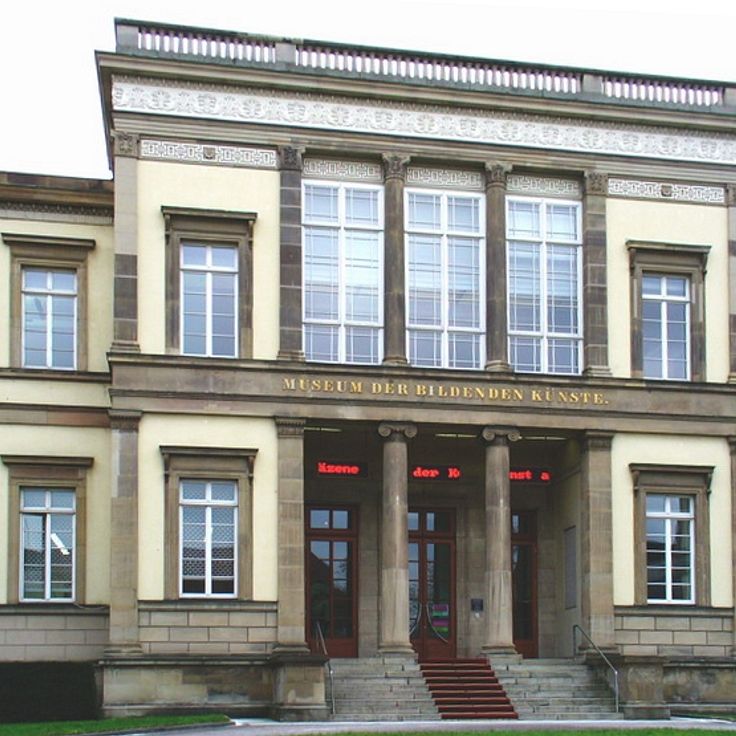
Stuttgart, Germany
The State Gallery houses an extensive collection of European paintings spanning from the 14th to the 21st century, complemented by sculptures and graphic works. The museum organizes rotating exhibitions of contemporary art throughout the year and provides an overview of major artistic movements across different periods. The permanent collection includes works by artists such as Rembrandt, Monet, and Picasso.
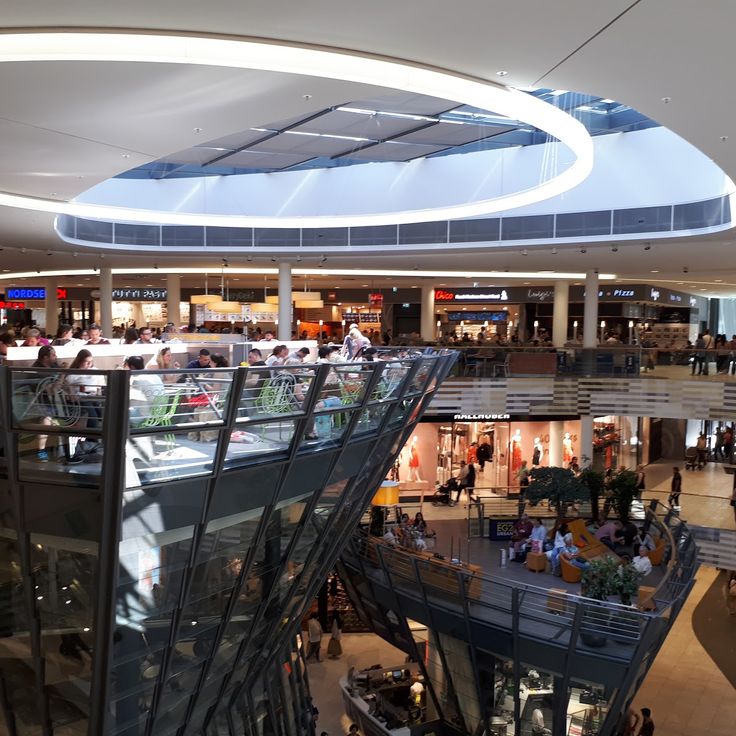
Stuttgart, Germany
The Milaneo Shopping Center spans three floors and houses 200 stores, restaurants, and various services. This shopping facility is located in the European district, directly adjacent to Stuttgart's main train station, serving as a central destination for retail and dining in the city.

Stuttgart, Germany
The Grab Chapel was built in the 19th century for Queen Catherine of Württemberg. It stands in the middle of the vineyards on the Württemberg hill and offers a wide view over Stuttgart. The building combines religious function with the memory of the deceased queen.
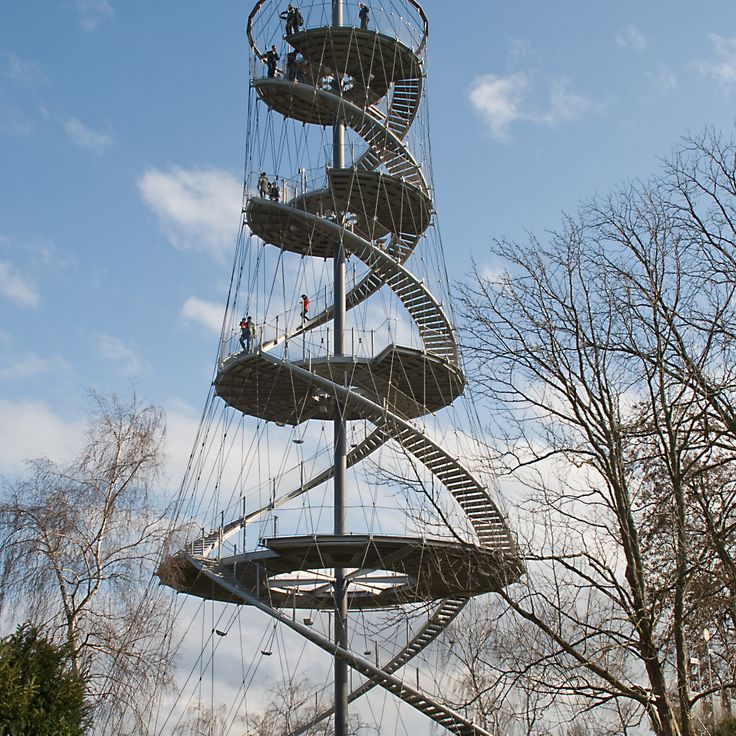
Stuttgart, Germany
Killesberg Park covers 50 hectares and features extensive flower gardens that bloom throughout the year. The 40-meter observation tower provides panoramic views over Stuttgart and the surrounding hills. A miniature railway runs through the park, connecting different areas of this green space that was created in 1939 for the Reich Garden Show.
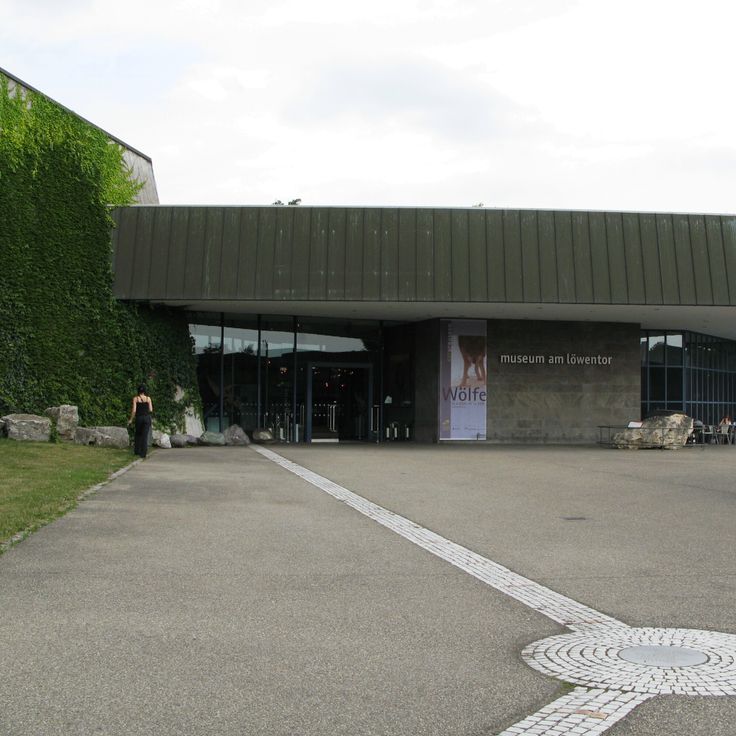
Stuttgart, Germany
The Regional Museum presents a permanent collection of archaeological and historical objects from Baden-Württemberg, documenting the development of the region from prehistory to modern times. The collection includes finds from different periods and offers insights into the cultural and social history of southwestern Germany.

Stuttgart, Germany
The Stuttgart Funicular was built in 1929 and is protected as a historical monument. This wooden transport installation connects the Süd district with the Waldfriedhof Degerloch cemetery over a distance of 2 kilometers, covering an elevation difference of approximately 85 meters.
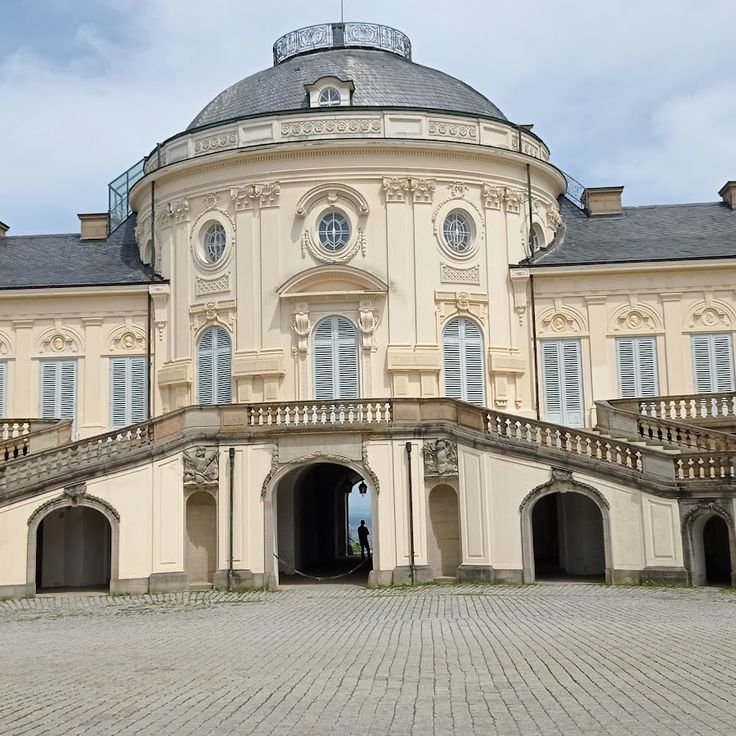
Stuttgart, Germany
Solitude Palace was built in 1764 for Duke Charles Eugene of Württemberg as a summer residence. The building combines Rococo and early Neoclassical styles and stands on a hill west of Stuttgart, offering views over the city and surrounding forests. The estate includes French gardens and combines representative architecture with the function of a retreat for the Württemberg court.
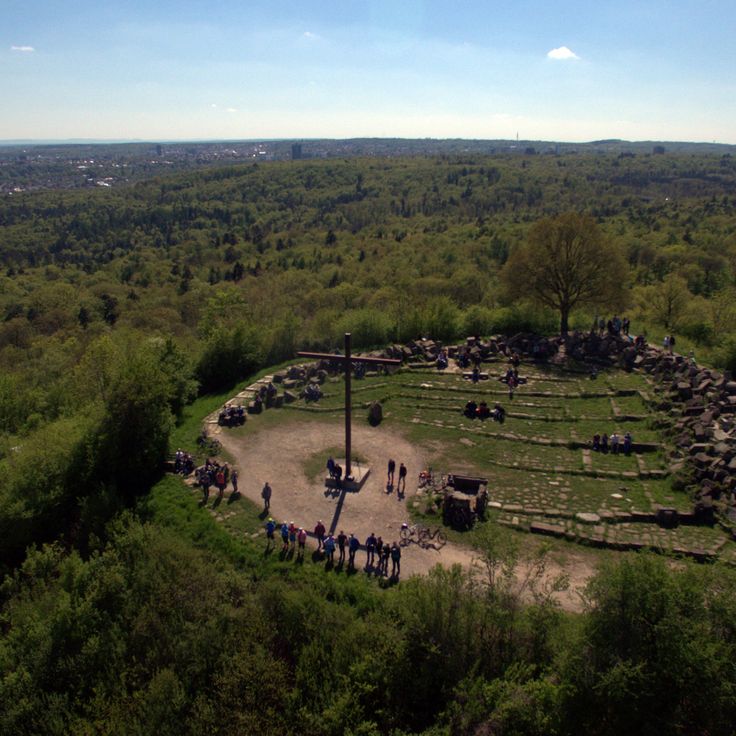
Stuttgart, Germany
The Hill of Rubble is a 40-meter mound created from the debris of Stuttgart after the bombings of 1945. This elevation was formed through the deposit of war rubble and is now covered with vegetation. The hill features hiking trails and serves as a recreational area for city residents.
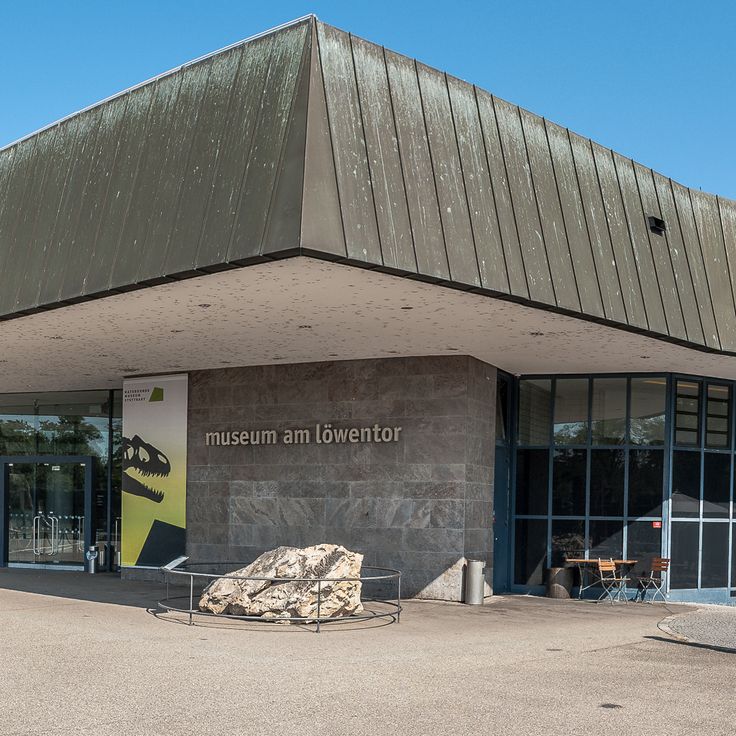
Stuttgart, Germany
The Natural History Museum presents exhibitions on evolution, biodiversity and geology. The museum houses a significant collection of dinosaur fossils from the Swabian Jura, which lived in this region millions of years ago.